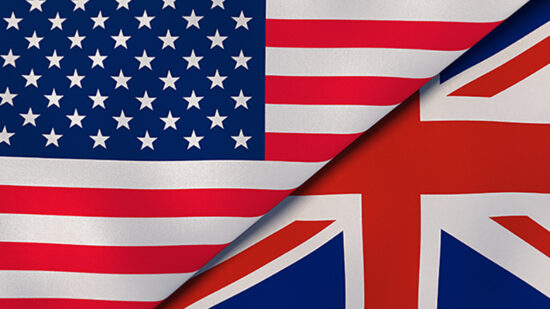Investors looking to integrate environmental, social and governance (ESG) into emerging market investments face a trade-off between principles and maintaining desired exposure to each market.
The dilemma is particularly pronounced for passive investors who use the few exchange-traded funds (ETFs) available on the market.
In a recent report, Morningstar analysed the relative weightings of emerging market countries in MSCI’s ESG-themed indices the ETFs use.
The report found that the more strict the ESG rules a manager wants to follow, the bigger the deviations from country weightings in broad emerging market indices.
In particular, the strictest socially-responsible investing (SRI) indices severely underweight China, while overweighting India, South Korea and Taiwan.
China’s low ESG scores
China lags behind other markets on the ESG landscape for several reasons, according to Monika Dutt, the report author, who quotes a research paper by ESG researcher Sustainalytics.
In essence, Chinese firms, on average, receive the lowest environmental scores among all emerging market companies. Inadequate labour standards, which result in more frequent on-the-job accidents, bring down the country’s rating on the social scores.
Poor financial disclosures, the opaque business environment, and a large proportion of state-owned enterprises are behind a low average score on corporate governance factors.
Doing cross-border business with countries in which ESG practices are broadly adopted tends to improve companies’ ESG scores. India’s IT companies, which derive much revenue from Europe and the US, adhere to western ESG norms, thereby boosting their country’s weighting in ESG indices.
Two ETF examples
Morningstar looked at the two European-listed emerging market ETFs that screen investments for SRI criteria: the UBS MSCI Emerging Markets SRI ETF and the iShares MSCI Emerging Markets SRI ETF. The firm found that both products had significant country biases.
The UBS fund follows the MSCI Emerging Markets SRI 5% Issuer Capped Index. The cap-weighted index focuses on companies with high ESG ratings and excludes those with products carrying negative social or environmental impact. It limits the maximum weight of each company to 5%.
By design, the fund should provide exposure to large and mid-cap stocks in 23 emerging markets, including the largest of them, China.
However, there was not a single Chinese name among the top 10 constituents of the index as of 28 April. The fund’s biggest holding was Taiwan Semiconductor (3.55%), and the other top 10 companies came from India, Brazil, South Korea, Mexico and South Africa. China accounted for 3.9% of the portfolio, according to the Morningstar report.
The iShares MSCI Emerging Markets SRI ETF follows the MSCI Emerging Markets SRI Index, a non-capped version of the one used by UBS. As a result, the skew is even more pronounced, with Taiwan Semiconductor accounting for the whopping 16.1% of the portfolio and Chinese companies for only 3.4%.
Because China is underweight, India, South Africa and Taiwan end up overweight in the SRI indices, with as much as double their weight in MSCI Emerging Market Index, Morningstar points out.
For reference, China constitutes 26.5% of the MSCI Emerging Markets Index, and that’s even without taking into account the market cap of China A-shares, which are not included in the index today.
| Index | China weighting |
| MSCI EM SRI | 3.38% |
| MSCI EM SRI 5% Capped | 3.86% |
| MSCI Emerging Markets | 26.5% |
Data: Morningstar, as of 31 March 2017
MSCI’s option
MSCI provides an alternative, the MSCI Emerging Market ESG Index, that goes part-way to resolving this dilemma. The criteria for inclusion in the ESG index are less strict.
In particular, it does not exclude companies based on the negative social or environmental impact of their products, and the acceptable ESG score is one notch lower than in the SRI indices. Nor does it incorporate the “controversy score” which the SRI indices use to take measure of companies’ human rights violations or health and safety standards.
The country exposure in the ESG index is more in line with global emerging market indices. China represents 21% of the portfolio, with Tencent beating Taiwan Semiconductor to the top holding by weight.
Alternatives to ETFs
East Capital’s Karine Hirn recently described an alternative approach to ESG investing in emerging markets. It involves actively searching for companies that are in the early stages of ESG integration. They would not pass through ESG screening today, but the investment thesis maintains that the efforts toward improving their ESG metrics are bound to boost the companies’ performance.
Madhu Gayer, head of investment analytics for Asia at BNP Paribas, in an email to our sister publication Fund Selector Asia, highlighted a couple of other options ESG-focused investors have when seeking China exposure.
They include more advanced asset classes such as infrastructure and green bonds, as well as non-Chinese companies that derive a significant portion of their business from China.
Analysis of unintended country bets is an essential part of risk analytics when discussing ESG integration, especially in emerging markets, Gayer noted.








